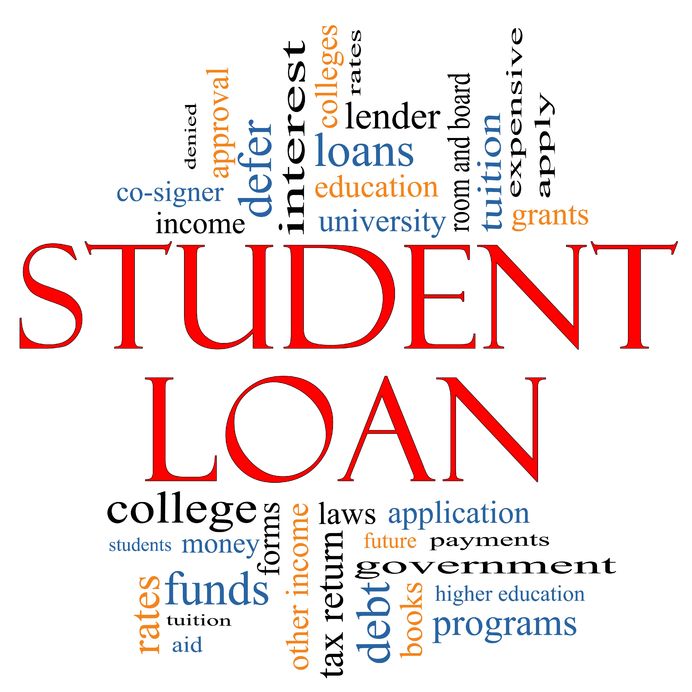Identifying When to Tap a Private Student Loan
by Chris Keaveney
So you want to continue your education. Good plan. But you don’t have a trust fund or a wealthy aunt or enough savings from your family to foot the bill. You’re not alone.
The vast majority of students have to rely on gifts, scholarships, grants and loans, including private student loans,to fund their education. But with so many funding options, it can feel like you’re drifting at sea, unsure of the best way to reach dry land.And how do you know when it’s right to tap into a private student loan or even how private student loans work? When you break it down and consider your options in order of priority, it isn’t hard at all to take the steps necessary to line up smart funding for your education. So, let’s start at the beginning.
- The most beneficial first step is typically to pursue scholarship and grant opportunities that provide funding free and clear. These can be scholarships based on your academic accomplishments, financial need, sports or arts abilities, and any number of specialized scholarships available to those who meet certain criteria. Grants, both private and government-funded, are also an option that should be explored early in the game.
- Next, it pays to assess what your family can contribute financially to your education – maybe there is a college savings account or a 529 Plan that is earmarked for your education. Whatever the amount, find out your family’s ability and willingness to contribute and factor this amount into your plan.
- After you’ve examined all opportunities for “free” educational funding (meaning funds you are not required to pay back), your next step should be to pursue federal student loan options. The federal government is a common resource for many students, offering both subsidized and unsubsidized loans. These low-interest rate and/or subsidized federal loan programs can be attractive, offering below-market rates and payment flexibility, including deferral of payments until after graduation. Be careful and do your homework, however, because the eligibility requirements and loan limits of federal loans don’t always cover the entire cost of attendance. Also, for some schools, particularly skills-based schools and post-graduate specialized training programs, federal student loans are not offered, so a private student loan might be the only option.
- And that brings us to private student loans, which provide a smart choice to close the gap and finish out the funds you need to continue your education. Many students find that once they’ve explored all other school funding opportunities, they still need money to make ends meet. It wouldn’t be smart to use high-interest credit cards or personal loans for educational expenses, but a private student loan is uniquely designed for this purpose.
Is a Private Student Loan Right for Me?
Traditionally, most private student lenders have expected their borrowers to have well-established credit or bring a willing cosigner to the table with good credit who will sign on the dotted line. The problem is that many, if not most, students haven’t had a chance to build a good credit record, and requiring a cosigner shuts the door to millions of smart students who are on the path to success and ready and capable of taking on appropriate student debt on their own.
For smart students with good academic performance, it’s a good idea to explore an emerging type of student loan that uses an individual’s personal academic data to improve their loan options. Giving students actual financial credit for their academic performance is a good way to expand loan opportunities to students with thin or no credit profiles and for those who don’t have a cosigner.
If you’ve done well in school, you could very well benefit financially from your academic performance. Make sure you research your options carefully because some lenders say they provide a benefit for good grades, which isn’t the same as actually improving your borrowing power by using your personal academic data.
The more knowledgeable you are regarding your financial assistance options, the more you will benefit as you complete your education and enter the job market, and subsequently, the more empowered you will be to repay your student loan debt.




